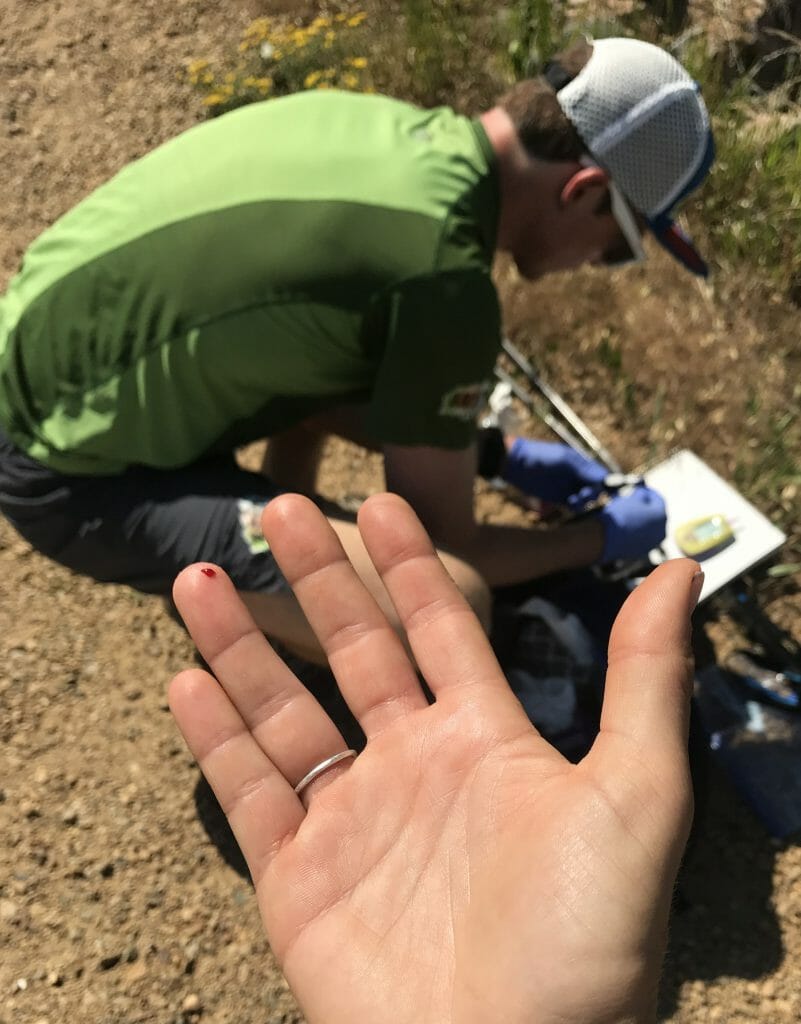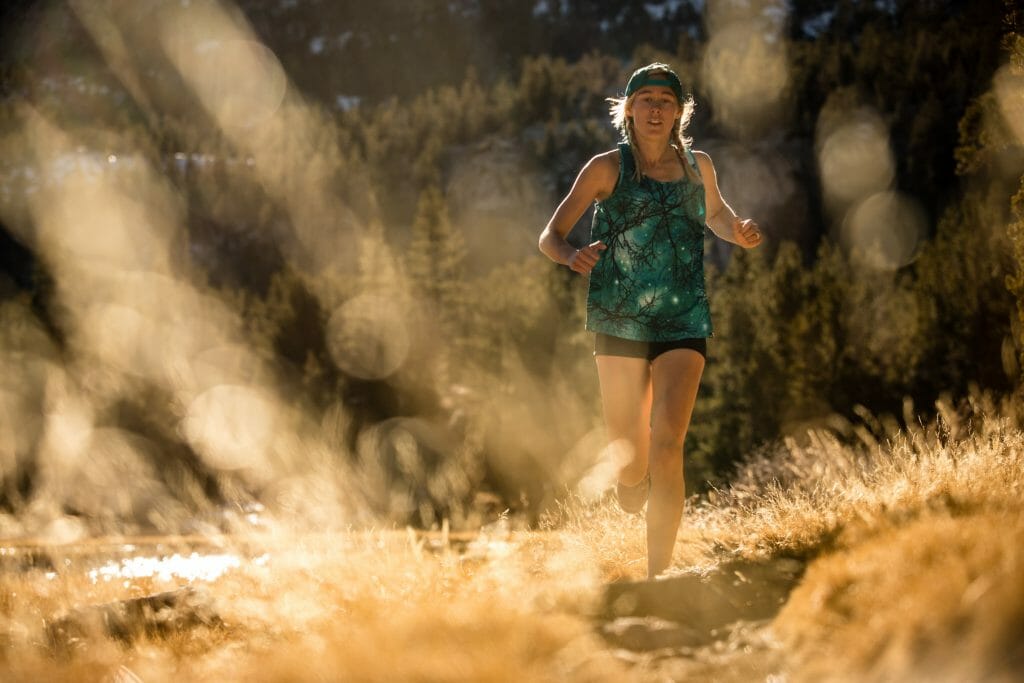Let’s get one thing straight right away. I may be new to trail and mountain running (less than one year) but I’m certainly not new to running or racing. I ran my first cross-country race as a gangly nine-year-old, and my love for the sport blossomed into a college scholarship, All-American track honors, and a stint on the prestigious Mammoth Track Club. Outside of running as a competitive sport my passion has always been in exploring the outdoors, which naturally led to a progression into trail/mountain running last year, when I took on two major trail running adventures: running across the Sierras and back, then running the Tour du Mont Blanc. I also placed in the top 10 at two US Trail Championships (half and full marathon).
Despite my time spent embedded in the elite world of running throughout the years, there was one stone left unturned when it came to my training: physiological testing.
No More Guesswork
Until I started working with Scott Johnston, I never had any blood lactate testing to determine my Aerobic Threshold. Previously coaches were able to determine, or guestimate, my training paces and fitness based on track race times, but this does not apply to trail running where the terrain, paces, and conditions vary greatly. The same effort I put forth running 5:40 pace on the road might be 11:40 pace running uphill.
To eliminate the guesswork, Scott connected me with Adam St. Pierre in Boulder to put me through a workout where, for the first time in my life, it was promised that there WOULD be blood! That’s because Adam would be taking a pinprick blood sample in between several sets of uphill intervals to determine the heart rate effort in which lactate began accumulating in my bloodstream (the magic amount is 2 mMol/liter). Determining this value dials in your true Aerobic Threshold, which is the training effort at which a large percentage of base miles will be performed, while also zeroing in on the optimal heart rate for a true recovery effort.

The most surprising part of the test, which had me start at a 120 heart rate effort and progress to 140 for the first three repetitions, was how much of the time I spent walking. Fortunately very little lactate accumulated in my muscles during this portion so my fears of having to become a professional hiker were brushed aside. Once I got into the 165 range on the fifth rep, which felt like a good sustainable running pace uphill, I hit the magic 2 mMol/L range and the test was complete.
The next day Scott used this data to test me on a longer trail run where I kept my heart rate average just below this range for 3 hours. Without this knowledge I surely would have gone out at too high of a heart rate in the beginning of the 7-mile climb from 9,000 to 12,000 feet and spent the later miles simply walking at a low intensity. By zeroing in on my real aerobic range I was able to run the majority of the uphill and finish the 3 hours feeling strong.
I’m pretty early into my first training cycle but I am super excited to integrate what we learned during this first physiological test. This info will help me build fitness, avoid overtraining, learn to pace myself more efficiently, and nail my lofty racing goals as I navigate my way deeper into the sport of trail running.
-by Morgan Sjogren
Morgan Sjogren is a mountain, trail, and adventure runner. While her passion for the mountains and exploring the world on two feet is lifelong, she is a new transplant to off-road running and racing after transitioning from a track career. Follow her Uphill Athlete journey on Instagram @running_bum_.
You May Also Be Interested In:
Blood Lactate Test Protocol: Tips and Tricks
Blood Lactate Testing: The Silver Standard

